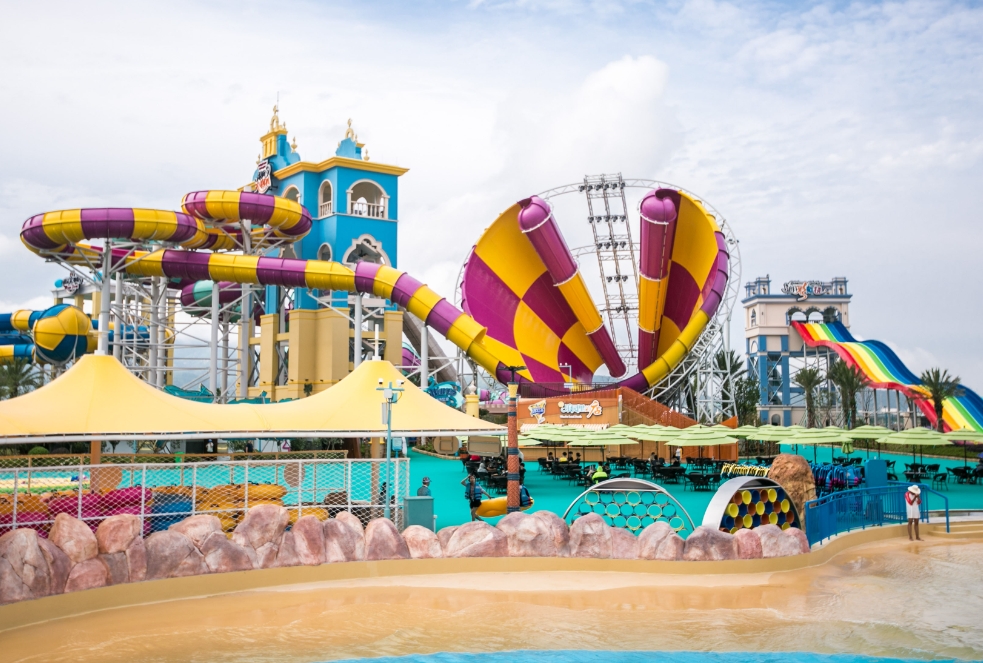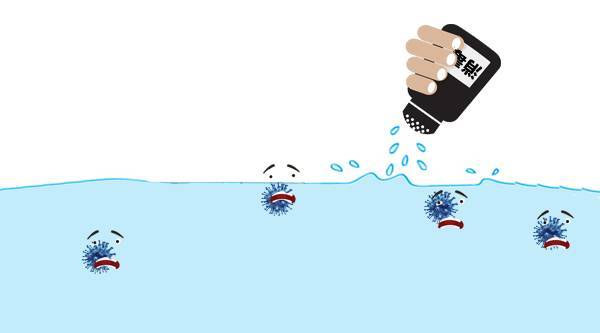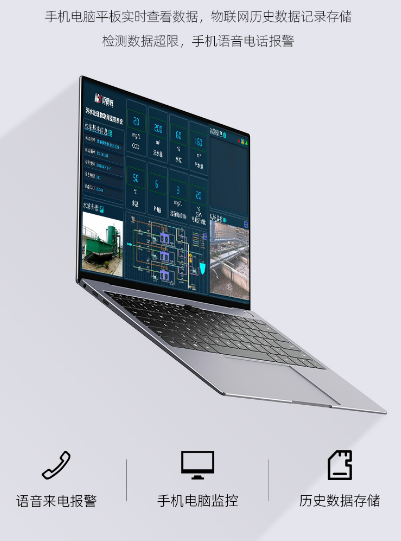Don't Let Your Online Residual Chlorine Detector Become a "Decoration"! A 4-Step Review for Water Parks Can Reduce Disinfection Costs by 30% and Avoid Complaints
Water park owners, are you often faced with this dilemma? In order to ensure water quality, you keep increasing the dosage of chlorine agents, which causes the cost to skyrocket. Meanwhile, tourists keep complaining about the strong chlorine smell and skin allergies. However, if you reduce the dosage, you're worried about bacterial over - standard and its impact on tourists' health. The key to this problem lies in our failure to conduct a proper data review through the online residual chlorine detector to find the "balance point" for chlorine agent dosage. Maideshi, a chlorine sensor Manufacturer, will teach you how to find the "cost - saving and risk - free" critical point.

Let's first talk about the relationship between residual chlorine and complaints. A water park reviewed three - month data and found that when the residual chlorine was greater than 1.0mg/L, the proportion of skin allergy complaints was as high as 80%. When the residual chlorine was less than 0.3mg/L, complaints about turbid water began to rise. Through this analysis, the optimal range of residual chlorine was determined to be 0.3 - 0.8mg/L.

Next, let's look at the relationship between chlorine dosage and cost. A water park found after data review that since no one entered the water at night after the park closed, the chlorine dosage could be reduced by 50%, as long as the residual chlorine was maintained at 0.5mg/L. With this small adjustment, the monthly cost of chlorine agents could be reduced by 23,000 yuan.
Different areas in a water park also have different requirements for residual chlorine. For example, in children's pools, wave - making pools, and slide pools, the consumption of residual chlorine varies greatly. In the children's pool, because children play in the water frequently, the residual chlorine is consumed 20% faster than in other pools. After the review, setting different chlorine - adding standards for different areas can avoid the waste caused by a "one - size - fits - all" approach.
Now, let's talk about the 4 - step review operation guide, and we'll also provide some useful tools.
Step 1: Set the data collection frequency.
It is recommended to set the Digital residual chlorine sensor to collect data every 15 minutes, covering the period before the park opens, peak hours, and after the park closes. This way, you can comprehensively understand the changes in residual chlorine.
Step 2: Use the "data comparison function" of the detector.
Compare the changes in residual chlorine in different areas and at different times every week. This will help you know where the consumption is fast and where it is slow.
Step 3: Hold a monthly review meeting.
Compare the data with tourist complaints and test reports for analysis. Then, adjust the chlorine - adding plan for the next month based on the analysis results.
Step 4: Train employees on the skill of "adjusting operations according to the curve".
For example, when the residual chlorine shows a downward trend, adding a small amount of chlorine one hour in advance is much more effective than adding a large amount after the residual chlorine exceeds the standard.

A medium - sized water park followed these 4 - step review methods for three months. The results were remarkable. On the premise of ensuring the water quality meets the standard, the monthly consumption of chlorine agents decreased from 800kg to 560kg, and the number of tourist complaints dropped from 12 to 3 per month.
Finally, Maideshi, a chlorine sensor Manufacturer, provides the "Water Park Disinfection Cost Optimization Calculation Table" for you. We hope it can guide enterprises to reduce costs through data review. Remember, the value of an online residual chlorine detector doesn't lie in just "monitoring", but in using data to optimize decision - making. Don't let your online residual chlorine detector become a decoration anymore. Take action now, conduct a good data review, reduce disinfection costs, and minimize tourist complaints!
Previous: Must - Read for Enterprises! Frequent Problems with Online Residual Chlorine Detectors in Humid Environments? The Root Causes Lie in These 3 Inadequate Protections
Next: Must - Read for Enterprises! Online Residual Chlorine Water Quality Monitor SOP from 0 to 1, Manufacturer Provides Full - Course Guidance to Avoid Pitfalls!

